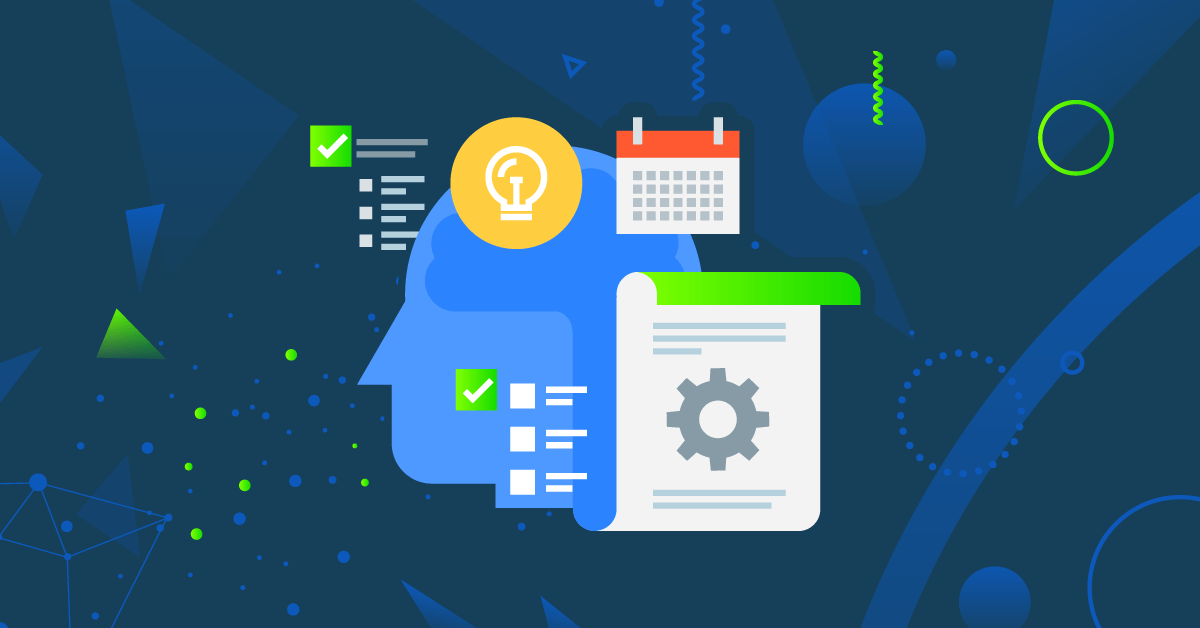But then you start your career and realize that the learning is far from over.
Career training and development are of vital importance to both the employee and the company. However, it needn’t be a grind for either! With careful consideration, you can create an employee training and development plan that is fun, engaging and productive.
The importance of employee training and development
Nothing ever stands still, especially business. That may be a cliche, but it’s true nevertheless. New ideas, products, techniques and strategies are constantly appearing. If, as an employer, you’re not training your people on these, you risk falling behind your competitors or getting out of touch with the needs of your clients. Do we need to say more to convince you on the importance of employee training and development?
A good employee training and development plan will help energize your company and facilitate greater employee engagement.
A good employee training and development plan will help energize your company!Share on
But how do you start developing the ideal training and development plan for your employees? A good place to begin is considering the benefits of employee training and development. Staff training and development are beneficial to both the individual and the organization. Think of it like a plant: T&D is the water that helps the whole thing grow.
If you need convincing about the benefits of employee training, consider the following points:
Staff training leads to greater productivity
If your employees are kept up to date with the latest developments in your field, they are far more likely to have better output. There’s nothing like new ideas to freshen up your approach to your tasks.
Employees feel more engaged
A good training program will address the individual employee’s needs in relation to their work, helping them to feel more confident in the importance and value of what they produce.
You can nurture and develop talent
Good training and employee development will identify and enhance the talent that already exists in your organization, bringing benefits to your company and the employee. Think of it as a tool: would you like to know that you have an underused piece of equipment?
Of course, the advantages of offering robust and relevant training and development to your employees are not exhaustive to these points, but it’s a good start, isn’t it? Now for…
Creating the employee training and development plan
Since we know what the benefits are, how do we go about creating an effective training and development plan? This is a crucial stage in the training and development process, and there are several points we have to bear in mind. After all, designing an employee training plan can have tremendous impact on the productivity of your staff and the success of your business. So, you shouldn’t be careless about it! What you should do is have a look at the following points:
1. One-size-fits-all doesn’t suit anybody!
One of the biggest mistakes in training and development plans is the tendency to impose the exact same program on everybody. It’s demotivating and can lead to employee disengagement. Sure, you will have mandatory training targets, but you also have to consider the individual.
2. Identify employee needs
It’s absolutely vital that you can target exactly in what area each employee needs training. Clearly, someone who works in the sales department will require different tools in their skill set compared to someone else in engineering. After all, when else can staff training and development be more effective if not when it’s targeted?
When can staff training and development be more effective if not when it's targeted?Share on
And as for the employees’ needs? A common approach to identifying these needs is through yearly appraisals, although you can employ other methods as well.
3. Be flexible, but have limits
It’s important to provide flexibility in your approach to training and development. You need to consider when employees can do their training, for a start. There’s also the question of where they do it: if you have a globally dispersed work team, it’s highly unlikely that you’ll be able to bring them together in one place — this is where a Talent Development platform can prove extremely efficient.
However, you will need time limits within which a given training target has to be met, and you should agree these completion times with employees.
4. Are your Training and Development plan objectives too big or too vague?
One issue that appraisers face is that a training goal is so big that it feels unachievable — a hugely demotivating thing. Same goes for vague learning objectives: having ‘Learn how to be more productive’ as a T&D target, as I once had, is like being asked to punch fog. Appraisers themselves also need training in creating a list of achievable, smart targets for each employee, ones that can be realistically completed within agreed time limits.
5. Track the progress
Employee training tracking reports are a key feature of your employee development program. They should begin from the moment the individual T&D has been agreed, then follow the employee’s progress through it, and end with checking they’ve completed the target and given feedback. And it goes without saying that this process is a repeated cycle throughout your employee’s career within your company.
Your employee training and development plan needs the right tools
Once you’ve considered all the points above, you can think about how you’re going to deliver your employee training and development plan.
Once upon a time, this would have consisted of in-house training sessions and awaydays but the tons of technology built into your Learning and Talent Development Platform can now help you avoid all these pitfalls and focus on what matters most: facilitating skill acquisition and talent development. Your training development plan can now be offered seamlessly to your employees: All with robust reporting, tools like gamification to boost engagement, and intuitive UIs to distract less and produce more training.
So, don’t forget to gather the criteria for choosing your LMS to implement your online training and development plan!
Conclusion
A great employee training and development plan takes careful consideration, but it more than pays for itself in the long run. You’ll have more motivated employees, greater engagement throughout the company, and a reputation for valuing and respecting your workforce.
Have a flexible approach that emphasizes individual merits and watch your organization grow!


